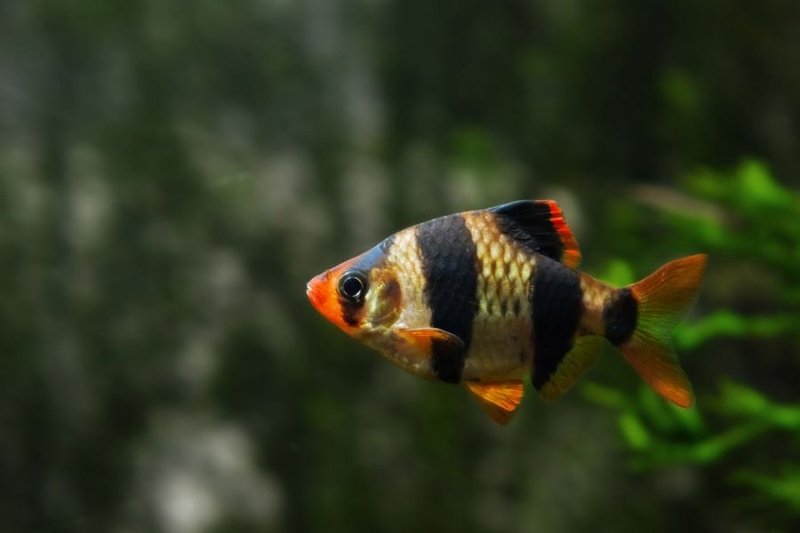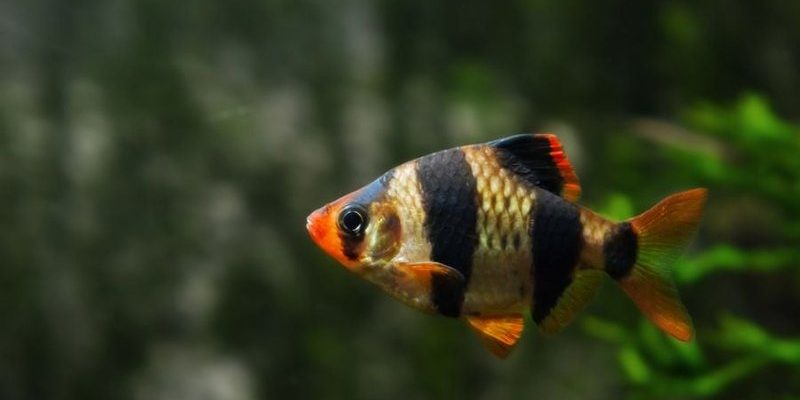
Barbs are often known for their hearty nature and playful behavior. But just like people, these fish have specific needs and conditions that contribute to their longevity. Factors like water quality, diet, and tank mates can all influence how long these fish thrive in your home setup. Let’s dive in and explore how long you can expect your barbs to live, plus some tips to help them live their best lives!
The Lifespan of Common Barb Species
Barbs come in various species, each with its own unique traits and lifespan. The most popular barb species include the Tiger Barb, Cherry Barb, and Rainbow Barb. Typically, you can expect these fish to live anywhere from 5 to 10 years in captivity, assuming they receive appropriate care.
– Tiger Barb: Known for their striking appearance and energetic personality, Tiger Barbs can live about 5 to 7 years. They thrive in schools and enjoy socializing with their peers.
– Cherry Barb: These modestly colorful fish are generally peaceful and can live up to 6 years or more under good conditions. Their calm demeanor makes them great tank mates.
– Rainbow Barb: This vibrant species often catches the eye with its shimmering colors. In a well-maintained aquarium, Rainbow Barbs can live around 7 to 10 years, especially if they’re kept in groups.
Understanding the lifespan of these individual species can help you plan better for their care and environment.
Factors Affecting Lifespan
You might be wondering what helps barbs live longer, healthier lives. Just like with pets or plants, a few key factors play a significant role. Here are the most important aspects to consider:
1. Water Quality: Clean, well-maintained water is crucial for your barbs. If the tank is unkempt or conditions fluctuate wildly, your fish can become stressed. Stress can lead to health issues and shorten their lifespan. Regular water changes and using a reliable filtration system can make a world of difference.
2. Diet: A balanced diet is essential. Barbs are omnivorous, which means they enjoy a mix of plant-based and protein-rich foods. You should feed them high-quality flakes, pellets, and occasional freeze-dried or frozen foods. A well-rounded diet helps boost their immune system and overall vitality.
3. Tank Environment: Barbs need space to swim and socialize. Keeping a school of 5–7 fish can help them feel secure and happy. Make sure they have plenty of hiding spots and vegetation to mimic their natural habitat. A stress-free environment goes a long way in enhancing their lifespan.
4. Tank Mates: Selecting compatible tank mates can reduce aggression and stress. Barbs are social fish but can be fin-nippers if kept with overly passive fish. Choose tank mates that are similarly active and peaceful to create a harmonious community.
Signs of a Healthy Barb
Keeping an eye on your fish’s health is essential for ensuring they live a long life. Here are some signs that your barbs are thriving:
– Active Behavior: Healthy barbs are usually quite energetic, swimming actively and interacting with tank mates. If you notice sluggishness or hiding, it could be a sign of stress or illness.
– Vibrant Colors: Bright, vivid colors indicate a healthy fish. If your barb’s color starts to fade, it might be feeling unwell, so check the water conditions and diet.
– Healthy Appetite: A good appetite is a strong sign! If your barbs are eagerly eating during feeding time, they’re likely in good shape. If you see any drop in appetite, investigate further.
By knowing what to look for, you can catch potential issues early and remedy them, helping your barbs live longer.
Common Health Issues Affecting Barbs
Barbs, like all fish, can face health problems that could affect their lifespan. Here are a few common issues and how to address them:
1. Ich (Ichthyophthirius multifiliis): This parasite is notorious among aquarium fish, causing white spots on the body and fins. If you spot ich, raising the water temperature and adding salt can help. You might also consider medicated treatments.
2. Fin Rot: Poor water quality or injuries can lead to fin rot, characterized by frayed fins. Keeping the tank clean and treating any injuries promptly can prevent this issue.
3. Swim Bladder Disease: Sometimes, barbs might have trouble swimming properly. This could be due to overfeeding or poor diet. Adjust their feeding schedule and ensure they’re eating a balanced diet to treat this condition.
Taking proactive measures can help keep your barbs healthy and happy throughout their lives.
Creating the Ideal Tank Setup
Designing a perfect habitat for your barbs goes a long way in ensuring their happiness and longevity. Here are some tips for setting up their environment:
- Tank Size: Aim for at least a 20-gallon tank for a small school of barbs. This gives them plenty of room to swim and establish their social hierarchy.
- Filtration: A quality filtration system will keep the water clean and clear. Look for filters that provide mechanical, chemical, and biological filtration for best results.
- Plants and Hiding Spots: Adding live plants and decorations can mimic their natural habitat. Ensure there are spots for them to hide and feel secure.
- Water Conditions: Maintain a stable pH around 6.0 to 8.0 and a temperature between 75°F and 82°F for optimal health.
Setting up their environment properly can make a huge difference in your barbs’ quality of life.
Final Thoughts on Barb Lifespan
So, how long do barbs live? On average, you’re looking at 5 to 10 years, depending on the species and care provided. By focusing on water quality, diet, a suitable environment, and monitoring health, you can help them thrive.
Honestly, there’s something special about watching your barbs dart around the tank, showing off their colors and personalities. If you create a loving environment and pay attention to their needs, you’ll likely enjoy their company for many years. Happy fishkeeping!

